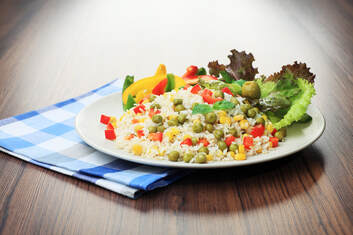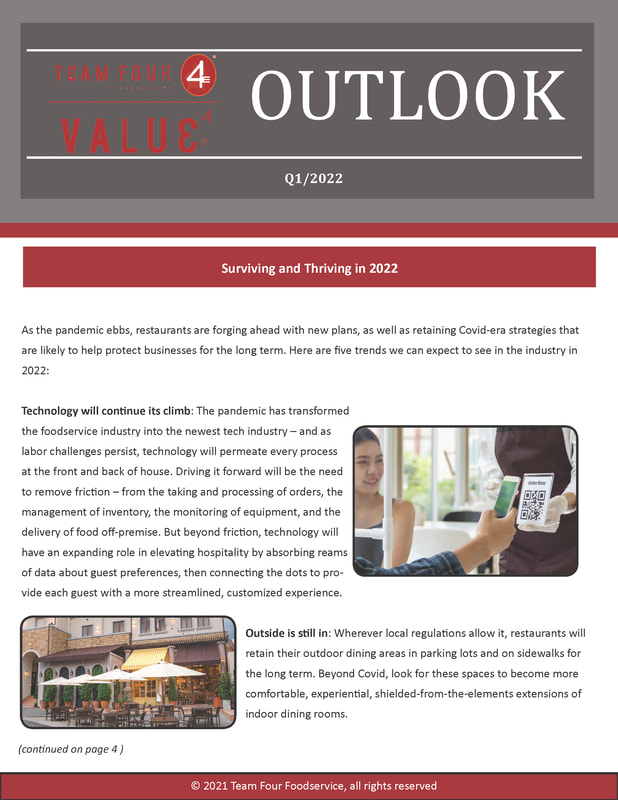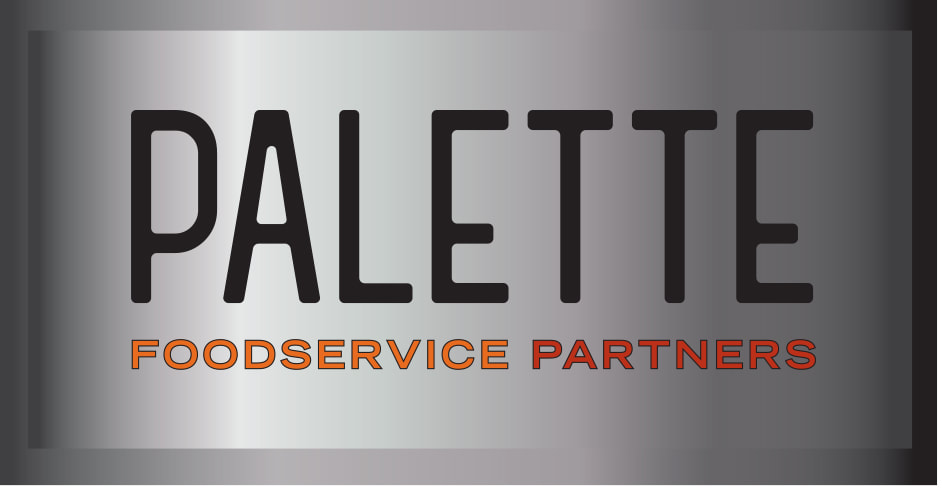 For a while, meal kits and semi-prepared meals offered by grocery stores and online foodservice businesses were considered offerings that could eat away at restaurant sales. But the pandemic has altered that perception, with more restaurants experimenting with new ways to prepare, package and sell high-quality meals that can be completed at home – and are likely a cut above what a person could pick up from their grocery store. This winter, offering variations on the meal kit could provide a reliable income stream for you when winter weather and illness makes it less appealing for people to dine out. According to research shared in a report from The Rail, 41 percent of guests would buy a make-at-home meal kit from their favorite restaurant. Further, 90 percent of meal kit users refer others to the service they subscribe to – so if you execute your kit well, your chances of gaining more business are good. Kits are also a powerful means of developing traction on social media: After all, if you make it possible for someone to prepare an eye-catching, restaurant-quality meal at home, that person is going to want to show off their perceived culinary skills to friends.  While life has slowly opened back up in recent months as more people have received the Covid-19 vaccine, concern has lingered for families with children who are too young to receive the vaccine and others who have health conditions that prevent them from receiving it. As a result, this winter we can expect to see more families reforming the bubbles they created for support in the early months of the pandemic. It’s something to consider when planning your menu and marketing promotions. For families, meal bundles will likely continue to be in demand for not only the holidays but for weekend meals throughout the winter. Think about offering soups and comfort foods that can be taken home to fill the freezer, promotions that offer discounted kids’ meals with the purchase of adult meals, or to-go packages of appetizers, entrées, cocktails and desserts for small groups. At the same time, this winter could also present an opportunity for you to make your onsite promotions extra special for guests who don’t fit those categories and are looking for a good excuse to go out. Consider offering prix-fixe meals for two, date-night cocktail specials or dessert samplers, bringing in musicians, or hosting private events with your chef or sommelier  U.S. consumers are embracing plant-based foods – both in restaurants and at home. According to a Gallup study, 41 percent of people in the U.S. have tried plant-based meats — and of those people, 60 percent said they were likely to continue eating them. Further, Technomic found that 59 percent of consumers say they eat meatless meals at least once a week, and 33 percent are actively trying to reduce their meat consumption. New releases of a plant-based meal kit for home preparation by Nestle’s Freshly brand, as well as a chicken substitute for restaurants by Impossible Foods, have underlined how plant-based foods are embedding themselves in the mainstream food industry. Incorporating more plant-based meals on your menu isn’t about denying your loyal carnivores their burger or being a slave to trends. Rather, it’s a means for you to stretch your inventory and budget at a time when supplies are short and operators must do much more with less. You can approach this in different ways depending on your clientele. If you serve devoted carnivores, consider offering slightly smaller cuts of meat and filling a larger portion of the plate with vegetables, legumes and grains. This Restaurant Hospitality report also suggests playing up vegetables’ interesting colors and shapes with creative presentations, enticing customers with lesser-known plant-based ingredients and creating interest around them, and to share the benefits of these foods by telling stories about how versatile they are and how they can support good nutrition. Many operators are reworking their business models right now in an effort to keep business going while people are quarantined. Even restaurants that are providing meals through takeout and delivery are branching out and offering a menu of meal boxes that contain various combinations of seafood, meat, produce and appetizers. This approach can tick a number of boxes (and it is the first item suggested in a recent report from FSR Magazine about tactics restaurants should be implementing right now): Meal boxes allow operators to sell larger packages of food at higher price points and with fewer customer interactions, appeal to couples or families who are quarantined together and crave quality meals, help keep suppliers going in these unstable times, demonstrate a restaurant’s values and brand, and reinforce connections with customers. At the UK-based restaurant Little French, operators are offering boxes full of local fruit and vegetables that promote their support of local suppliers, as well as boxes of various cuts of meat and seafood – along with a recipe – to demonstrate the care they put into the preparation of their menu ingredients. To sweeten the deal, they sell home-baked bread, suggest different bottles of wine that complement each box, and offer other specialty items like olive oil, vinegars, cured meats and olives. For those looking for an interactive cooking experience – or a little help with restaurant-style preparation – the restaurant’s chef will be posting videos of himself preparing dishes that use the ingredients in each box. How can you box up the best parts of your brand to keep business flowing right now?
|
Subscribe to our newsletterArchives
April 2024
Categories
All
|





 RSS Feed
RSS Feed